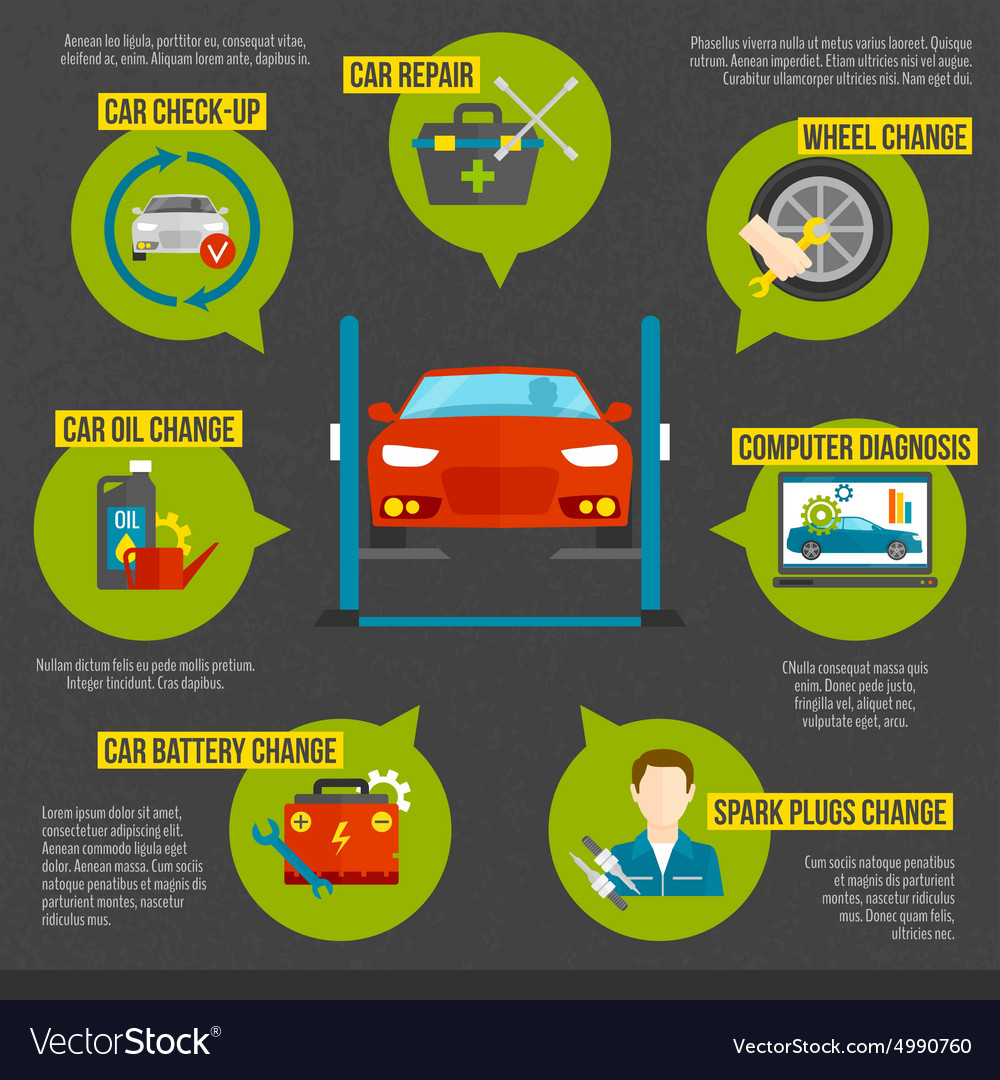Deciphering Your Vehicle'S Caution Indicators: What They Truly Indicate
Deciphering Your Vehicle'S Caution Indicators: What They Truly Indicate
Blog Article
Short Article Composed By-Samuelsen Alvarado
When you lag the wheel, those glowing warning lights on your control panel can be a bit puzzling. Do you recognize what they're trying to tell you concerning your vehicle's health and wellness? Recognizing the significance of these lights is important for your safety and the long life of your vehicle. So, https://brakes-plus40627.dsiblogger.com/64179921/insights-from-the-field-a-specialist-automobile-detailer-s-overview-to-best-practices following time among those lights turns up, would not you intend to understand its message properly and take the necessary steps to resolve it?
Common Warning Lighting and Interpretations
Identify typical caution lights in your cars and truck and comprehend their definitions to ensure safe driving.
One of the most common caution lights consist of the check engine light, which signifies problems with the engine or discharges system. If this light begins, it's critical to have your automobile checked quickly.
The oil stress warning light indicates low oil pressure, calling for prompt attention to prevent engine damage.
A blinking battery light could suggest a defective billing system, possibly leaving you stranded otherwise dealt with.
The tire pressure monitoring system (TPMS) light alerts you to low tire stress, impacting car security and fuel performance. Neglecting this could bring about unsafe driving problems.
The ABS light suggests a trouble with the anti-lock braking system, jeopardizing your capability to quit rapidly in emergencies.
Lastly, the coolant temperature warning light warns of engine overheating, which can lead to serious damage if not fixed quickly.
Comprehending these usual caution lights will certainly assist you address concerns immediately and keep secure driving problems.
Value of Prompt Attention
Recognizing the usual caution lights in your cars and truck is just the first step; the significance of quickly dealing with these cautions can not be stressed sufficient to guarantee your safety when driving.
When a caution light illuminates on your control panel, it's your cars and truck's method of connecting a possible concern that requires interest. Neglecting these cautions can bring about much more serious issues down the road, compromising your security and possibly costing you a lot more out of commission.
Trigger interest to alerting lights can avoid break downs and crashes. For example, a blinking check engine light could show a misfire that, if left unattended, might cause damages to the catalytic converter. Resolving this immediately can save you from an expensive repair work.
Likewise, a brake system warning light could indicate reduced brake liquid or worn brake pads, critical parts for your safety and security when driving.
DIY Troubleshooting Tips
If you see a warning light on your dashboard, there are a few do it yourself troubleshooting suggestions you can attempt before looking for professional help.
The very first step is to consult your vehicle's handbook to understand what the specific warning light suggests. In some cases the problem can be as straightforward as a loose gas cap triggering the check engine light. Tightening up the gas cap might solve the problem.
One more usual problem is a low battery, which can set off different advising lights. Inspecting the battery connections for rust and ensuring they're safe and secure may deal with the problem.
If a warning light lingers, you can attempt resetting it by separating the vehicle's battery for a few mins and afterwards reconnecting it. Additionally, examining your vehicle's fluid levels, such as oil, coolant, and brake liquid, can assist fix cautioning lights related to these systems.
simply click the up coming web site
In conclusion, recognizing your auto's caution lights is vital for keeping your automobile running smoothly and securely. By promptly dealing with these informs and understanding what they indicate, you can avoid costly repair work and possible break downs.
Bear in mind to consult your car's guidebook for specific information on each alerting light and do something about it appropriately to guarantee a trouble-free driving experience.
Remain notified, remain safe when traveling!
